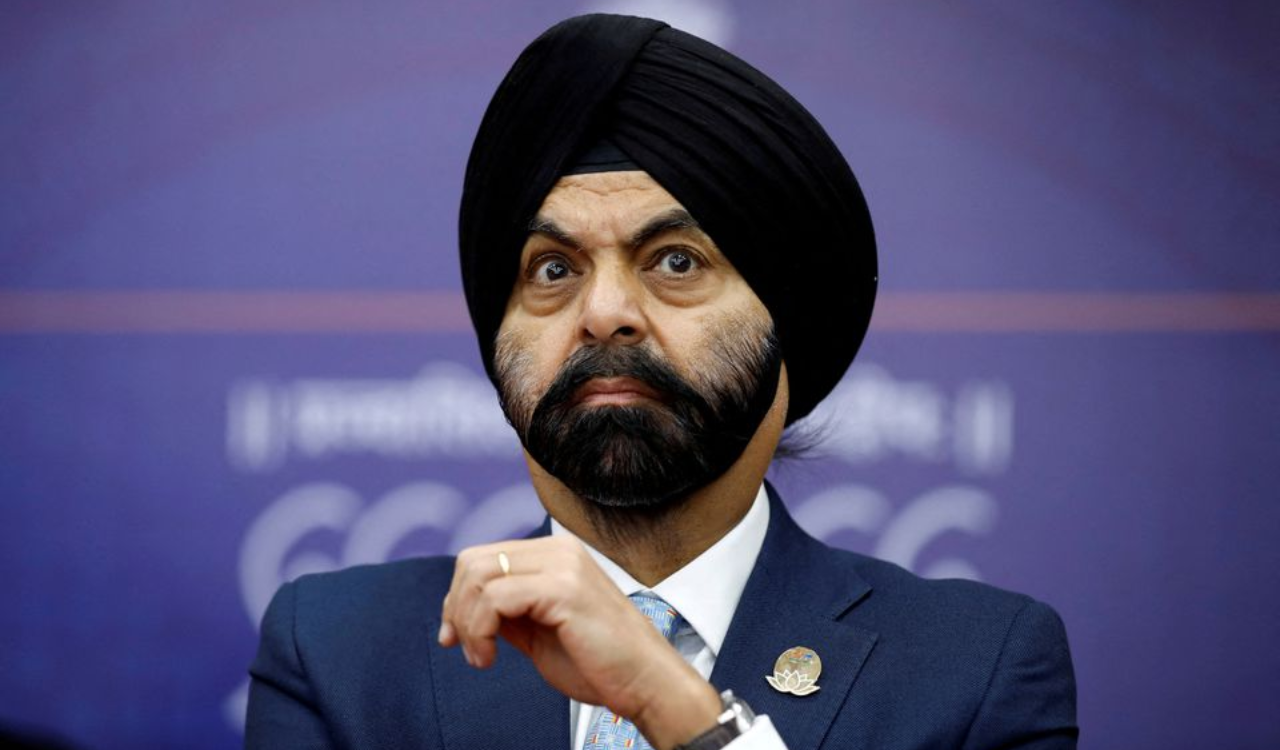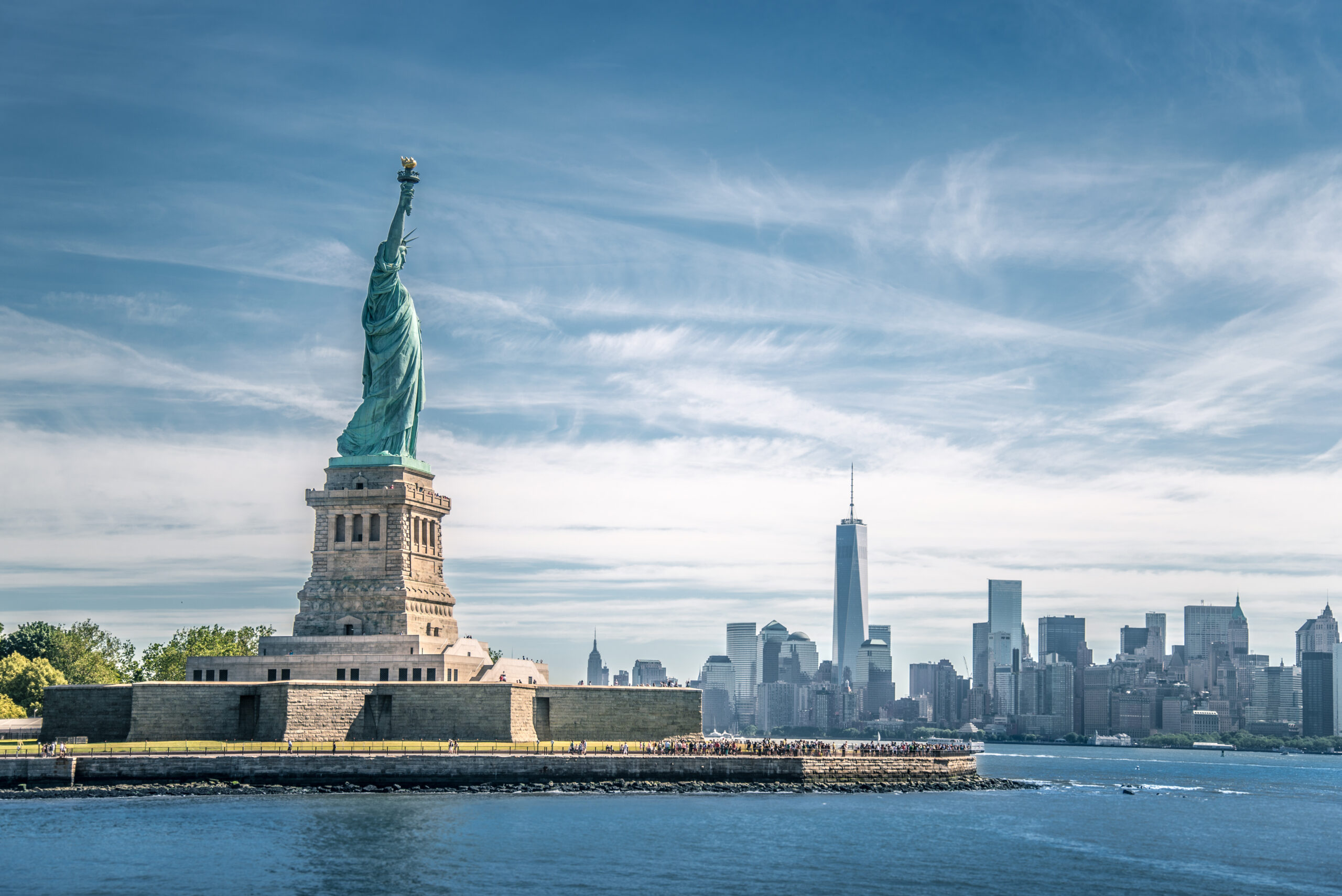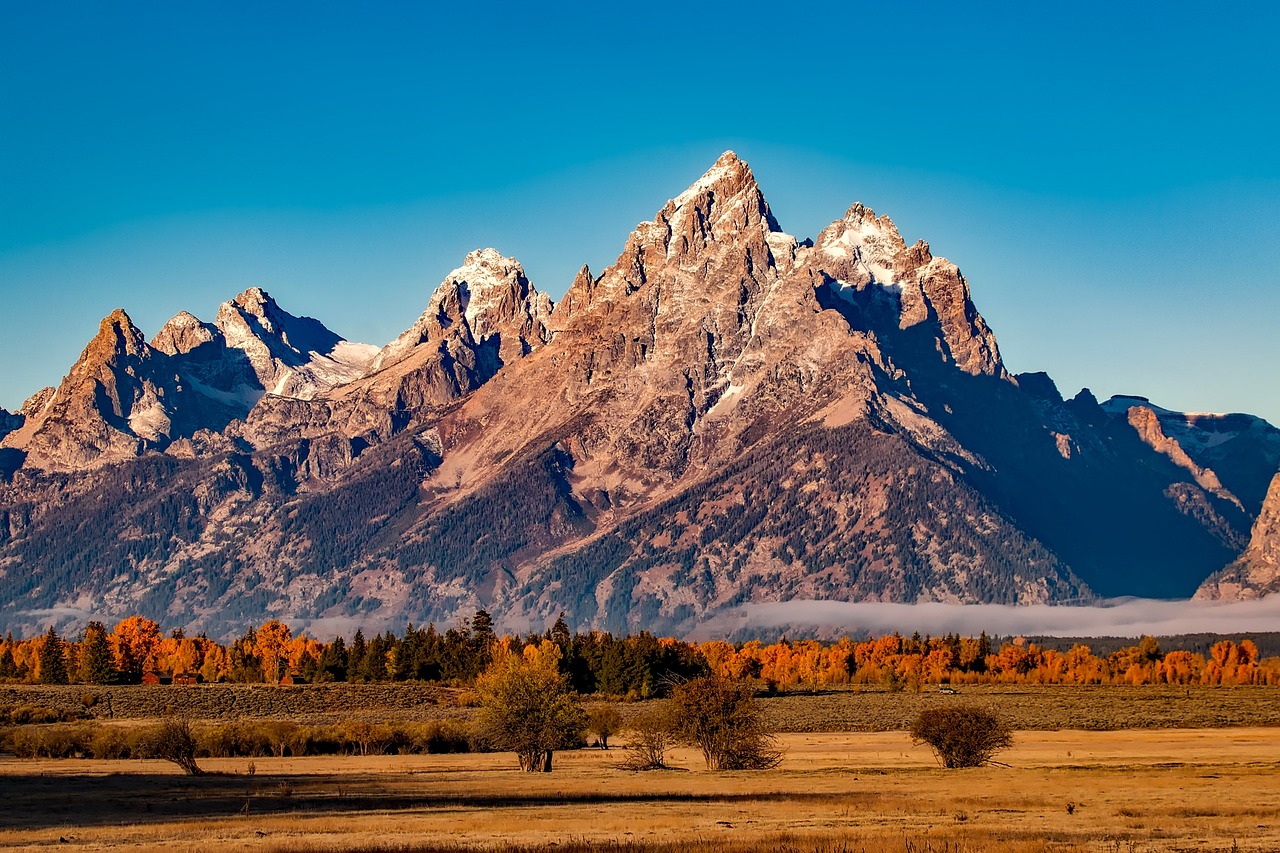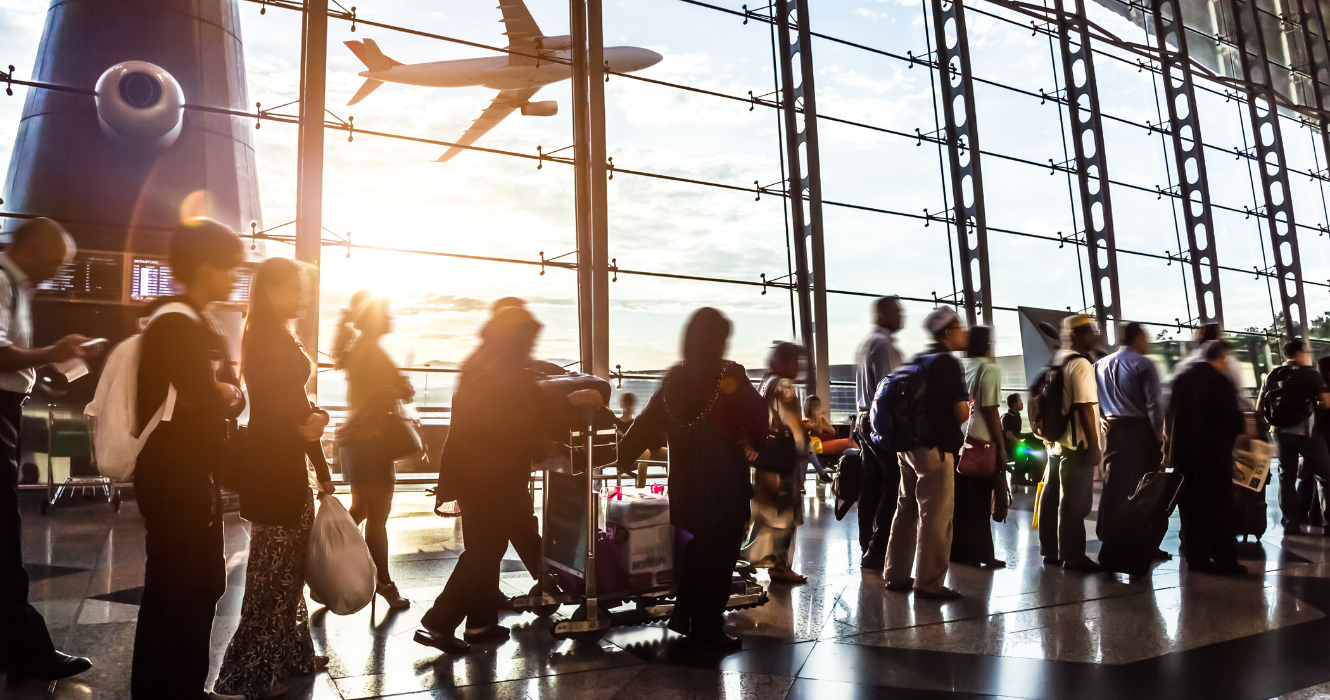World Bank President Ajay Banga shared new plans on Tuesday in order to expand the bank’s balance sheet. Also to assist countries that were dealing with climate change and several other challenges. According to him, a capital increase would still require.
Banga, a previous Mastercard CEO took over the command of the World Bank on June 2. He declared the new proposals to “make our balance sheet work harder.” The information was revealed during a meeting between finance officials between the Group of 20 major economies in Gandhinagar, India.
Additionally, the new policies still need to be discussed with shareholder countries. While the earlier steps approved in April will significantly raise the World Bank lending by up to $50 billion over the next decade. The U.S., the bank’s biggest shareholder, shut off the push for reforms in October. After selecting Banga to succeed former president David Malpass. He comes with a set of guidelines in order to speed up the evolution of the nearly 70-year-old institution.
On the other side, U.S Treasury Secretary Janet Yellen this week called for more work. This aims to reform the World Bank as well as other multilateral development banks. Yellen stated that capital increases would be on the table only after they go through the alteration. This is to enhance their potential to help countries to fight climatic and other such challenges.
“We are making quick progress,” Banga said in a prepared text of his remarks. “We are building a better bank, but eventually we will need a bigger bank.”
The strategy is to generate tens of billions of extra lending by enabling shareholders to guarantee loans if countries cannot repay them. As per the World Bank, this action would allow to generate $6 in new lending out of every $1 in guarantees over a 10-year period.
In addition to this, the bank could also issue a new hybrid capital instrument that would enable shareholders to invest in bonds. This helps to boost lending to a great extent by up to $6 billion. It suggests taking over more risk as well as expanding lending by widening conditions for callable capital.
They also plan to scale up low or zero-interest lending. This includes a new $6 billion crisis facility set up for economically weak countries with the help of the International Development Association.























































